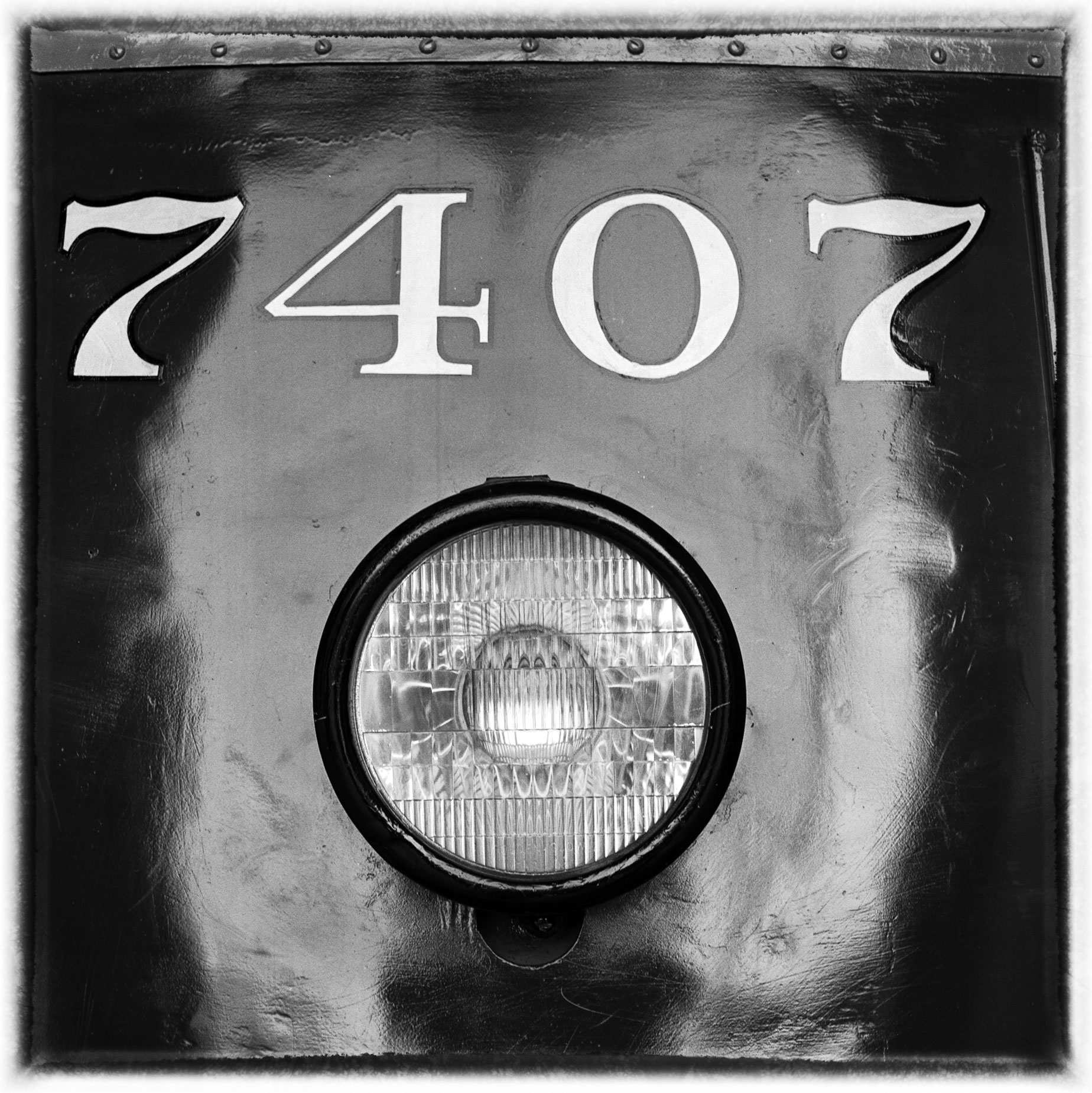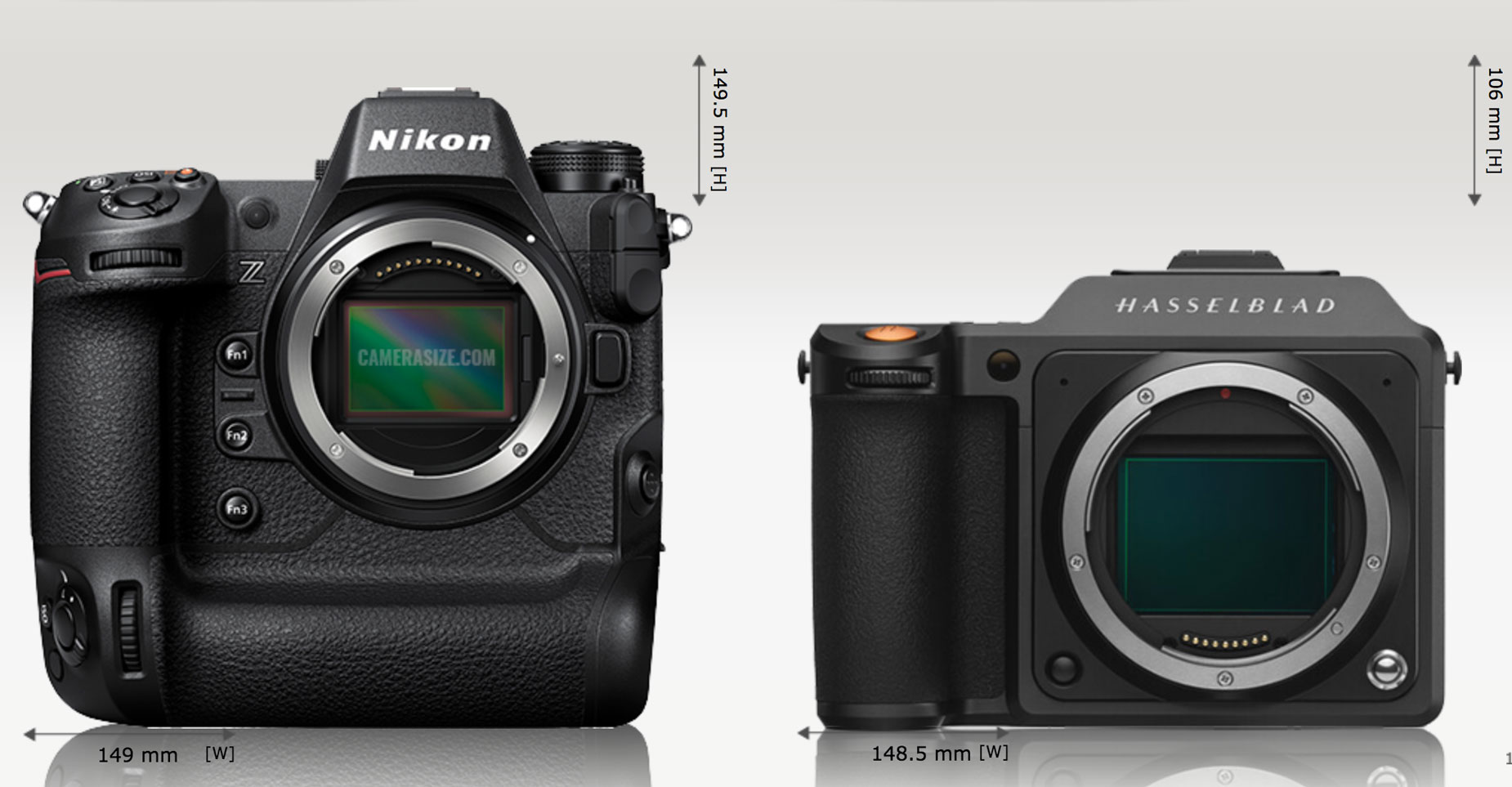Today’s Post by Joe Farace
It is not the size of the dreamer, it is the size of the dream.—Josh Ryan Evans
If you read Tuesday’s Post, you know that lately I’ve thinking more about medium format cameras and photography.
 Lest you that this is something that’s new for me…. In the seventies, when I started to get serious about making photography a profession, I thought that owning a medium format camera was part of the package. My first medium format cameras were a pair of Mamiya 33 TLRs that that I bought from my friend Bob Geldmacher for a hundred bucks. The cameras were built like a bank vault and used 120/220 film producing an image size of 6x6cm or as we called it back in those days “two and one quarter-inches square.” I found that to a wonderful format and after upgrading my gear to Mamiya C220 and 300 bodies I graduated to a Hasselblad 500CM in 1976 that also used the same 6x6cm format. I was finally a real pro, or at least I thought so at the time.
Lest you that this is something that’s new for me…. In the seventies, when I started to get serious about making photography a profession, I thought that owning a medium format camera was part of the package. My first medium format cameras were a pair of Mamiya 33 TLRs that that I bought from my friend Bob Geldmacher for a hundred bucks. The cameras were built like a bank vault and used 120/220 film producing an image size of 6x6cm or as we called it back in those days “two and one quarter-inches square.” I found that to a wonderful format and after upgrading my gear to Mamiya C220 and 300 bodies I graduated to a Hasselblad 500CM in 1976 that also used the same 6x6cm format. I was finally a real pro, or at least I thought so at the time.
Caption: The image at right was part of a series that I made about the Baltimore Streetcar Museum while attending the Maryland Institute College of Art.. You can see my favorite image from the series here. For some reason, I couldn’t find a scan of my second favorite image, so here’s number three. It was shot with a Mamiya C33 TLR with an 80mm f/2.8 Mamiya-Sekor lens using Kodak Tri-X film. Exposure unrecorded, The film was processed in my bathroom and prints were made in my kitchen at night because I could never get it dark enough.
Well, these days many companies seems to be making medium format digital cameras and the prices of used Hasselblad film gear has skyrocketed. In 2017, Fujifilm stole the buzz from Hasselblad when introducing its GFX 50S. And with that introduction, we seem to have entered a new golden age of medium format cameras or have we?
I’m sure this new breed of digital medium format camera are indeed fine picture taking machines much like the 500CM that I paid $666.67 (with 80mm T* lens) for in January,1976; In today’s dollars that camera should cost $3,646.62. But this new breed is more expensive than that with prices ranging from ostensibly the best buy Pentax 645Z ($3,996.95) to the ‘whoa mama’ Phase One XF IQ3 ($44,990.)
 I wouldn’t call these cameras medium priced although the price of a Pentax 645Z looks pretty good when compared to a Nikon Z9 $5,496.95. My friends say a more appropriate comparison is with Nikon’s D850 at $2,496.95 but I’m not sure I agree with them. So for fifteen hundred bucks less than a Nikon Z9 you get a Pentax medium format camera with a 43.8 x 32.8 mm sensor instead of one measuring 35.9 x 23.9 mm. Better image quality? I’ll bet. Better low light response? Pretty sure. Weight wise: The (mirrorless) Nikon Z9 weighs in at 2.9 lbs, a D850 is 2.01 lbs while the Pentax weighs 3.42 lbs.
I wouldn’t call these cameras medium priced although the price of a Pentax 645Z looks pretty good when compared to a Nikon Z9 $5,496.95. My friends say a more appropriate comparison is with Nikon’s D850 at $2,496.95 but I’m not sure I agree with them. So for fifteen hundred bucks less than a Nikon Z9 you get a Pentax medium format camera with a 43.8 x 32.8 mm sensor instead of one measuring 35.9 x 23.9 mm. Better image quality? I’ll bet. Better low light response? Pretty sure. Weight wise: The (mirrorless) Nikon Z9 weighs in at 2.9 lbs, a D850 is 2.01 lbs while the Pentax weighs 3.42 lbs.
But perhaps a bigger question might be: Are these new-ish digital medium format camera really medium format? Look at the list below that shows the sensor size and prices for some of the current crop of medium format digital cameras and decide if they’re medium format or have a sensor that’s just a little bigger than the 24x36mm film format standard that Oscar Barnack created in 1925 with the creation of the Leica I.
- Pentax 645Z, sensor size 43.8 x 32.8mm, $3996.95
- Fujifilm GFX 100S, sensor size: 43.8 × 32.9mm, $6499
- Hasselblad X2D sensor size 43.8 x 32.8mm, $8199.
- Hasselblad H6D-100c, sensor size 53.4 x 40.0mm, $32,995
A medium format film-based Hasselblad, by comparison, created 60 x 60mm photographs. The redoubtable and bulletproof Pentax 6×7 produced images that measured 60 x 70mm, which is larger than any of the above digital medium format cameras. The 645 format that all of these cameras ostensibly use is actually quite old and during the film era was embraced by Bronica, Mamiya and Pentax among others. Those cameras used 120 film and produced fifteen 45 x 60mm images, although Hasselblad’s A16 back managed to squeeze 16 frames from that same 120 roll.They even produced an A32 back—although I’ve never actually seen one— that produced 32 images on 220 roll film. While 120 film is available these days. Kodak killed Kodak Portra 220 film in 2015, Fujifilm buried it in 2017 and Ilford ceased 220 production in 2004 after their 220 spooling plant broke down. At least Ilford tried, bless’em.
Am I going to get a Fuji GFX50 R or maybe S? I’m tempted but the only thing stopping me is the price…and my empty wallet.
If you enjoyed today’s blog post and would like to treat me to a cup of Earl Grey tea ($2.50), please click here. And if you do, thanks so much.